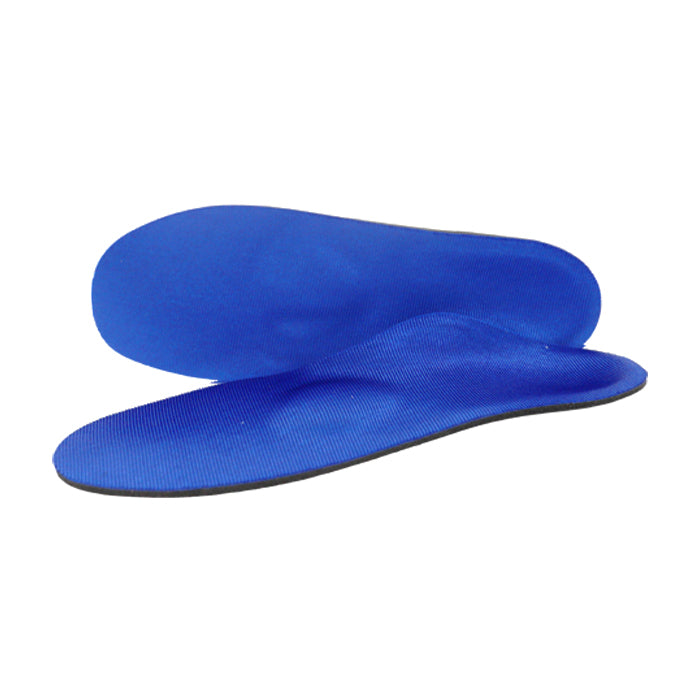Best Shoes for Calluses in 2022
What are Calluses?
Calluses are thick, hardened layers of skin that develop when your skin tries to protect itself against friction and pressure. Calluses vary in size and shape, though they’re often larger than corns.
If you have diabetes or another condition that causes poor circulation to your feet, you’re at greater risk of complications from calluses.
Calluses Symptoms
- Pain at site of callus, increasing with direct pressure
- Skin is dry and hard at site of callus, and may be flakey
- Callus forms a large hard bump
How are calluses treated?
Treatment for calluses usually involves avoiding the repetitive actions that cause them to develop. Wearing properly fitting shoes, utilizing orthotics for bio-mechanical issues, using protective pads and other self-care measures can help resolve them.
If a callus persists or becomes painful despite your self-care efforts, medical treatments can provide relief:
- Trimming. Your doctor can pare down thickened skin or trim a large corn with a scalpel, usually during an office visit. Don’t try trimming yourself because it could lead to an infection.
- Salicylic acid. Additionally, your doctor may apply a patch containing 40 percent salicylic acid (Curad Mediplast, Dr. Scholl’s Corn Removers, others), which is available without a prescription. He or she will let you know how often you need to replace this patch, and may recommend that you use a pumice stone or a metal nail file to smooth away the dead skin before applying a new patch. Salicylic acid is also available in a topical form by prescription for large areas.
- Antibiotic medication. Your doctor may also suggest applying an antibiotic ointment to reduce the risk of infection.
- Shoe inserts. If you have an underlying foot deformity, you will need custom-made padded shoe inserts (orthotics) to prevent recurring corns or calluses.
- Surgery. In rare instances, your doctor may recommend surgery to correct alignment of a bone that is causing the friction.
Best Shoes for Calluses
free foot analysis
We carry a wide variety of shoes and sandals for calluses to ease your discomfort in both casual and professional situations.
Many of the supportive shoes and sandals we carry have great support and soft linings. The best shoes for calluses help reduce pressure on the sole of the foot. Additionally, shoes for calluses will have special linings to help ease the burning sensation often times associated with calluses. We carry shoes with cushioned soles that reduce the impact on your feet which reduces the stress on feet. Often times, the best shoes for calluses have a wider toe box to accommodate your toes.
Best Arch Supports for Calluses
We have a wide variety of arch supports for calluses. The best arch support for calluses will have good shock absorption, control pronation, and evenly distribute pressure across the foot. This helps take the pressure off your feet and reduce the pain associated with Calluses. We have over the counter arch supports and custom molded orthotics which helps reduce the pain associated with calluses.
|
Sovella S1000 Max Support Orthotic Arch Support |
Sovella S3000 |
S3500 COMFORT W/MET |
|
Sovella Dress Arch Supports |
Sovella Dress Arch Supports with Met Pad |
Make an appointment today with a specialist to find out which calluses arch support is best for you!
Where to buy shoes for calluses
At Lucky Feet Shoes, we carry a wide variety of shoes for calluses online and in Southern California. We fit customers with shoes for calluses and arch supports in Orange County, Inland Empire, Riverside, Temecula and Los Angeles County. Our stores in Rancho Cucamonga, Riverside, San Dimas, Anaheim Hills, Temecula, Upland, Palm Desert, Redlands, and Long Beach. We invite you to stop by for a free foot analysis and try our shoes for calluses. In addition, we have a large selection of comfort shoes, wide shoes, walking shoes, running shoes, arch supports, and custom orthotics!
How are calluses caused?
The integrity of the protective barrier the skin provides the foot is critical in maintaining comfort. Callus formation occurs in areas of high pressure and shearing and serves as a natural defense against blistering and ulceration.














